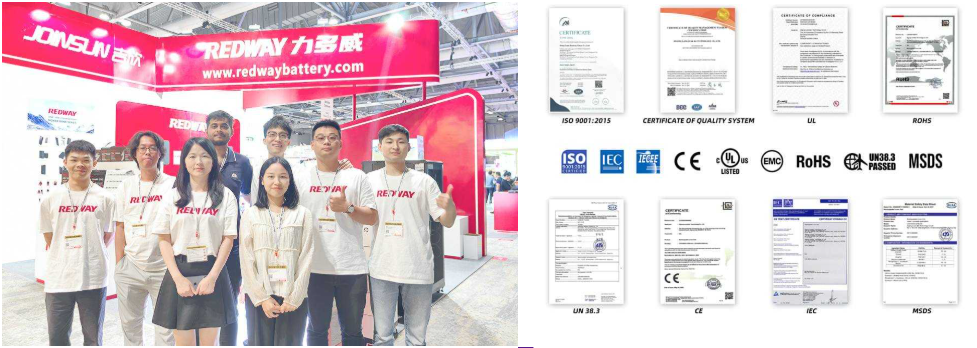The lifespan of a deep cycle battery varies significantly based on the type of battery, usage, maintenance, and environmental conditions. Generally, deep cycle batteries can last anywhere from 3 to 15 years. Here’s a breakdown of the typical lifespans for different types of deep cycle batteries:
Types of Deep Cycle Batteries and Their Lifespans
- Flooded Lead Acid Batteries:
- Lifespan: Approximately 4 to 8 years with proper maintenance.
- Characteristics: These batteries require regular maintenance, including checking and topping off electrolyte levels.
- AGM (Absorbent Glass Mat) Batteries:
- Lifespan: Typically 4 to 7 years.
- Characteristics: AGM batteries are maintenance-free and offer better performance in terms of discharge rates and durability compared to flooded batteries.
- Gel Batteries:
- Lifespan: Around 2 to 5 years.
- Characteristics: Gel batteries are sealed and maintenance-free but may have lower discharge rates compared to AGM batteries.
- Lithium-Ion Batteries (including LiFePO4):
- Lifespan: Up to 10 to 15 years.
- Characteristics: Lithium-ion batteries are known for their high energy density, longer cycle life (2,000 to 7,000 cycles), and ability to be discharged deeply without damage.
| Battery Type | Lifespan | Maintenance Required |
|---|---|---|
| Flooded Lead Acid | 4 to 8 years | Yes |
| AGM | 4 to 7 years | No |
| Gel | 2 to 5 years | No |
| Lithium-Ion (LiFePO4) | 10 to 15 years | No |
Factors Affecting Lifespan
- Depth of Discharge (DoD): Regularly discharging a battery deeply can shorten its lifespan. For example, maintaining a DoD of around 50% can significantly extend the life of flooded lead-acid batteries.
- Charging Practices: Proper charging methods are crucial. Overcharging or undercharging can lead to sulfation or capacity loss. Using a quality charger that follows a multi-stage charging process is recommended.
- Temperature Conditions: Extreme temperatures can adversely affect battery performance and lifespan. Keeping batteries in a cool, dry place is essential for longevity.
- Maintenance: Regular maintenance, especially for flooded lead-acid batteries, is vital for maximizing lifespan. This includes checking electrolyte levels and cleaning terminals.
Conclusion
The lifespan of a deep cycle battery can range from a few years to over a decade, depending on the type of battery and how it is used and maintained. By understanding the specific characteristics of each type and following best practices for maintenance and charging, users can maximize the longevity and performance of their deep cycle batteries.
Recommended Product
For clients seeking reliable energy solutions with optimal longevity, we recommend the Redway Lithium LiFePO4 Battery Pack, which offers exceptional performance and an extended lifespan suitable for various applications.




